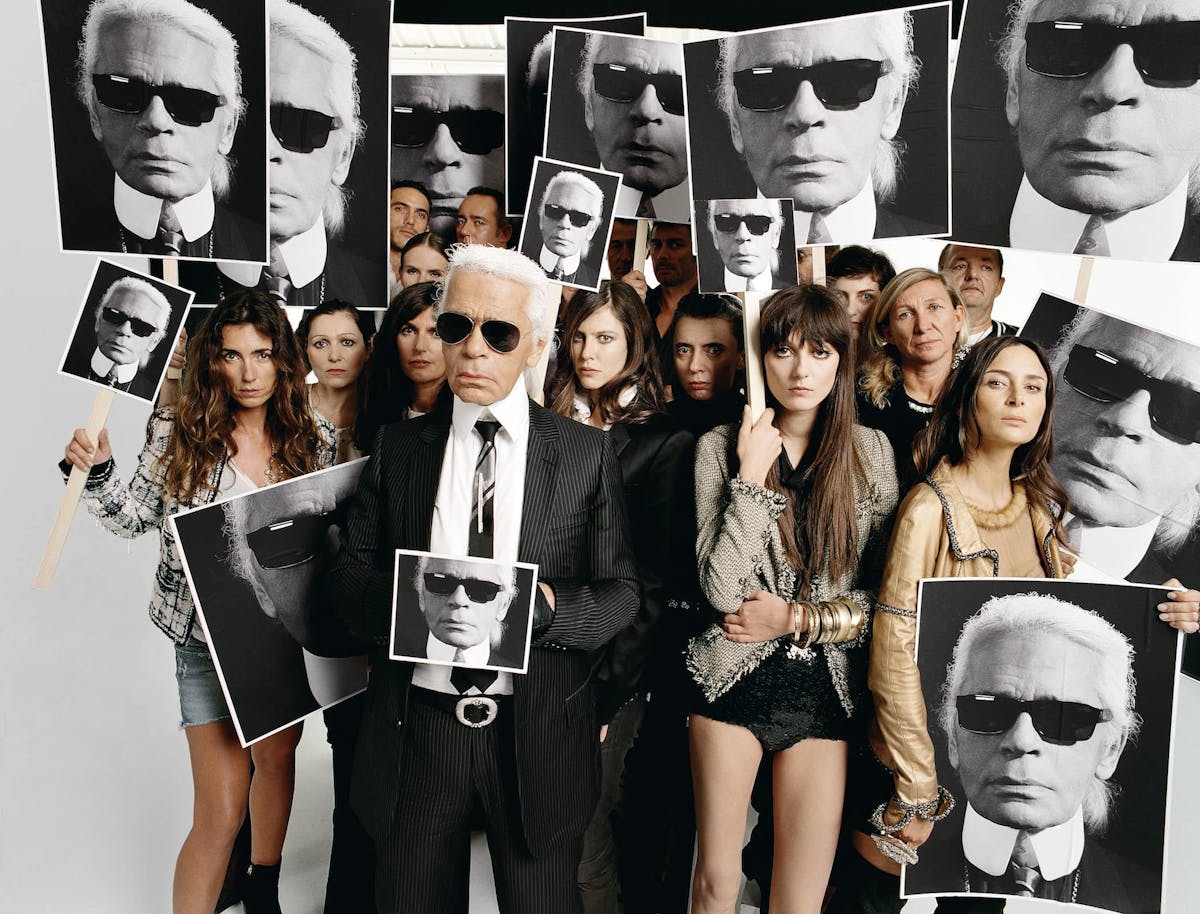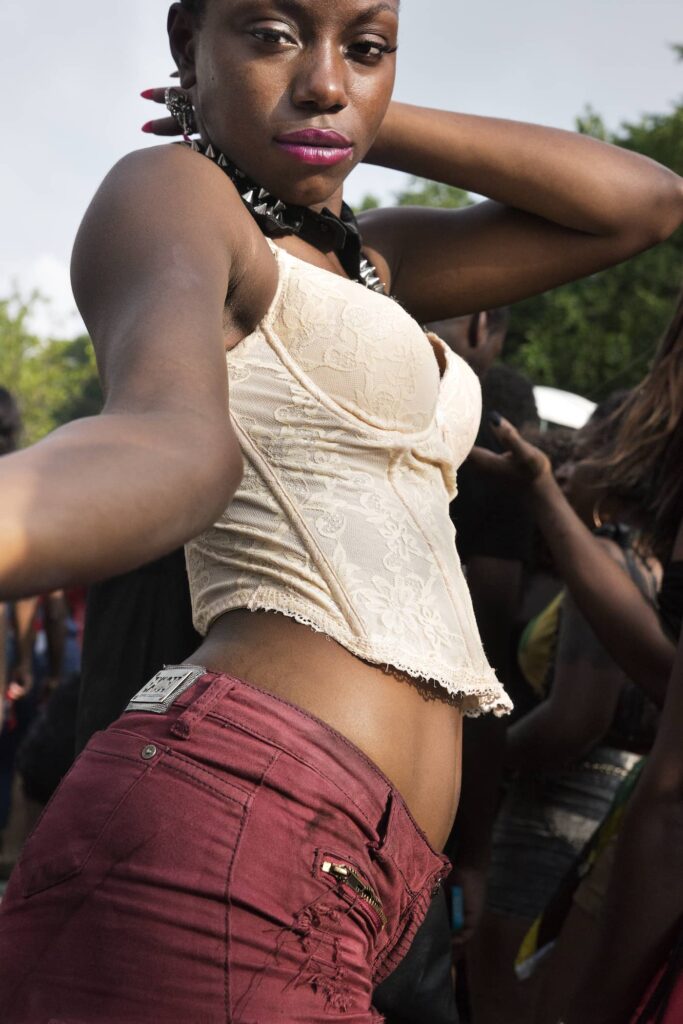William Klein, Whose Camera Captured a Century, Comes Home
Well into his 10th decade, the photographer delivers absolutely arresting vistas of the modern city.

There are untold numbers of people with cameras lodged in their smartphones, but there is only one William Klein. Well into his 10th decade, the photographer delivers absolutely arresting vistas of the modern city.
What Mr. Klein saw and snapped is now up at the International Center of Photography, on Essex Street. The show, “YES: Photographs, Paintings, Films: 1948-2013,” is on view until September 12. It takes up two floors, and true to its title features work executed in nearly every genre.
The show is the first sustained look at Mr. Klein’s work in more than a generation. It clocks in at 600 works. The show’s curator, David Campany, says “artists like Klein, who ranged freely and avoided specialism, are key to understanding the culture of the last century.”
Born at New York, Mr. Klein served in Europe during the war and settled at Paris, which has remained his home for nearly 80 years. As a student at the Sorbonne he pursued abstract painting: Examples of this early work greet the visitor to this exhibit, geometric and slashing or else blurred and melancholy.
After eight years, he returned to New York at the invitation of Vogue’s artistic director, Alexander Liberman. The fashion work paid the bills, but in the same way that Aaron Judge makes money playing baseball. He hit his stride as a fashion photographer for Vogue with images that are beautiful because they are not entirely earnest.
“Dorothy and Little Bara with a Cello, Paris,” from 1960, is both exuberant and claustrophobic, with Dorothy McGowan — a model — in the foreground and a man with an instrument in the background: It feels like a party transpiring in a tunnel, McGowan’s arms splayed up and out with such force that they could poke through the frame.
Another Vogue shot, “Dorothy at Keats’s Grave (Simonetta), Rome,” juxtaposes the model in widow’s weeds with the final resting place of the bard of “Ode to Autumn” and “Hyperion.” The effect is somber tinctured with camp, and both solemn and smoldering in equal measure. As the poet wrote, “A thing of beauty is a joy forever.”
Of a different frequency is a clutch of photographs Mr. Klein took in 2013 at the West Indian Day Parade. They are bright and gyrating, full of hips and torque. “Black Venus West Indian Day Parade, Brooklyn” beckons the viewer into the dance, capturing rhythm even in a still image. “Dance, Hasidic Wedding, Brooklyn,” all black hats and white shirts, is a portal to another world, and choreography.

A digital print, from 2006, “Karl Lagerfeld and Klein,” depicts an array of models carrying images of Karl Lagerfeld, who joins the group in his iconic gloves and black sunglasses. The tableau clocks in somewhere in between a protest and a work of performance art, a cooly ironic swipe at celebrity’s cult of the image.
The other highlight is a sequence of photographic essays that took as their subjects the cities of Moscow, New York, Paris, Rome, and Tokyo. Mr. Klein is interested in knots of people, shot from close up after a fashion that delivers faces and expressions with startling intimacy. The photographs are dispatches from the golden age of cities, when people looked up and out rather than down at their devices.
One example is “The Pope Appears, St. Peter’s Square, Rome,” from 1956, which shows a group of nuns and children awaiting the pontifex maximus, their faces broken open in joy and ecstatic anticipation. By delivering not the shepherd but his flock, Mr. Klein’s camera frames faith’s homely ecstasies.
“Aleksandra Yablochkina, the Russian Sarah Bernhardt, Moscow” shows the thespian stepping out from a car, her jowls engines of charisma. She is surrounded by retainers, a still formidable diva to whom deference is owed, in character to the end. She would have been 93 in this picture, a veteran of more than seven decades at the Maly Theater at Moscow.
Also in Russia, “Little Girl and Lenin, Gorky Park Entrance, Moscow 1959” pits a young girl in the foreground against the towering figure of the revolutionary in the background. Lenin’s protege Stalin had been dead only six years, and Mr. Klein’s image captures something of the dead hand of the Soviet regime.
That photo finds its counterpoint in a wonderful image, “Stickball Gang, 108th Street, New York,” from 1955. Mr. Klein gets up close and shoots midswing, as if the viewer is a Spalding with eyes, holding the gaze of a set of children born into a triumphant America, ready to swing from the heels.

